|
Although American Guinea Hogs (AGH) are hardy little critters, and although the area inside their enclosure is riddled with shade trees, I knew they'd need a permanent shelter in which they can avoid inclement weather. Also, although our winters are moderate compared to many areas of the United States, when the cold arrives, they'll need a place to huddle beneath the straw for warmth, and a place to farrow in comfort.
So I set out to find a plan for construction. I located numerous plans online, even printing a few, before choosing to take what I liked from some, made some modifications (in my mind), developed a materials list, and headed to the hardware store for lumber and such. As is usually the case, I grossly underestimated my cost and eventually wound up spending in the neighborhood of $700. Ouch. But at least there is now a hog house that should last for years (I hope). I'm no carpenter by any stretch of the imagination, but working mostly alone (though my grandson Tomas was an excellent helper, handing PawPaw exactly one screw at a time, and both Cory and Patti were great help at times when I couldn't install boards too long to handle, or do the roofing by myself), I managed to complete the house in a little more than two full days, including trips to the store. What follows is a complete photo gallery illustrating each step of the way. Questions? Email them to me at [email protected] and I'll be happy to answer them. Click HERE if the embedded video above doesn't play.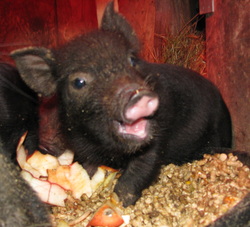 Photo credit: http://www.alderbramble.com Photo credit: http://www.alderbramble.com The photo to the left is an American Guinea Hog (AGH) piglet at Alder-Bramble Farm in Washington. Is there anything cuter? I doubt it. And not only are they cute, but they have also have a sweet disposition, are terrific foragers, great moms & dads, and seem to be an ideal match for a small homestead operation like ours here at Alderman Farms. So we are ready to take the plunge again - the pig plunge...and we can't wait. 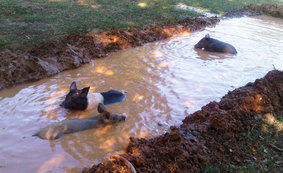 Our first foray into raising pigs was a success for us. We wanted to see if we could raise pigs mostly on pasture, only supplementing them with garden leftovers, kitchen scraps (fruits and veggies only), hay, and small amounts of grain. We were a little concerned because the only pigs we could find at the time (pictured at left) had been born into commercial pig operations where their parents and ancestors had been raised in confinement, on concrete, for generations. Although they were very frightened and skittish when we first got them, they warmed up to us in no time at all, and we were very happy (if a little surprised) that they took to foraging like...well, like a hog takes to slop, as they say. And while their rate of weight gain was slower than it would've been had we been pouring the feed to them, they did just fine - we weren't interested in speed, anyway. We kept them for over two years, and they were a lovely addition to our little homestead. They were friendly, inquisitive, and communicative, and they mixed and mingled with the goats and cows as if they belonged here, which they did. 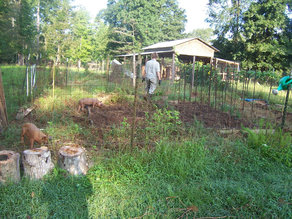 Frankly, we were amazed at their foraging ability, and they contributed to the work force around here by finishing off our garden plots in preparation for the following season. When they were done with a garden spot, there was no grass - no seeds, no roots - and when we planted there the following year, we were deep into harvest before we had to deal with grass in the garden. Amazing stuff, that. Of course, their final contribution to our family was nourishment, providing enough pork for us for the next couple of years at least. I confess that the end was bittersweet: I hated to say goodbye, because we really loved those pigs, but we took comfort in knowing that they lived longer and much better lives on our farm than they would've had we not "rescued" them from their former existence. Following that successful "experiment," we knew that pigs would eventually become a permanent part of our plan. We knew that we could always use them here as workers in the garden and pasture, turning soil that needed turning, weeding, keeping snakes at bay, and so on, and we knew we'd certainly want to continue to put meat on our tables from a trusted source: us. But we also now believe that we can make a "go" of it from the business side of things, selling pigs for others to enjoy, either as garden workers, food, breeders, or even pets. So we set out to choose a breed. We knew from the beginning we wanted to choose a "heritage" breed, a breed that's been around for a long time, and which hasn't been altered too heavily. And we had almost decided on the Large Blacks, when we stumbled upon the AGH. It was love at first sight. One of the first things that drew us to the AGH was the fact that they apparently used to be seen on homesteads all over the Southeast. In fact, they are also known as "Yard Pigs" because they were in so many yards at the 1800's. As recently as 2006, however, their numbers had declined to only 200 or so in the world, according to many online sources. It seems they are making a comeback, though, as according to the American Guinea Association (AGHA), they can be found today in almost all fifty states in the US. We also liked the fact they are a smaller breed of pig, with adults topping out at 200 pounds or so at 2 years old. The AGH is known for it's docile and pleasant temperament, and according to many stories we've found posted in various online forums, it's not uncommon for AGH sows to allow their owners to be present when piglets are born, and even allow the piglets to be handled without the aggression often seen in other breeds. Of course, it remains to be seen from our own experience whether such acceptance by the sow is a tendency of the breed or a characteristic of individual sows. Lucky for us, we were able to locate an AGH breeder within a pleasant driving distance (1.5 hrs), and they were kind enough to allow us to make a visit to their farm and ask lots of questions. Here is a short video I shot with my iPhone showing several piglets from a couple of their recent litters: Here is the link for those who cannot see the embed: http://youtu.be/kP8MYpkGnHg It was all I could do to keep from grabbing that little runt, sticking him in my pocket, and running for the hills. He was simple adorable. Notice how they all seemed so polite, coming to the fence to say "hello?" We're smitten...absolutely smitten. The folks who welcomed us to their farm could not have been nicer, and we had a wonderful visit discussing all sorts of homesteading topics, touring their place, and meeting several of their gorgeous Dexter cattle and their two beautiful Saanen dairy goats. We would likely have left there that day with two little gals and one little fella, but unfortunately the little fellas outnumber the gals at the moment, many to none. They've had almost nothing but boys in their litters so far this year, but our fingers are crossed for a saw that is due to deliver any day now. If there are two girls in that litter, they will be ours, and they are saving one of the little men in the video for us, to serve as our initial herd boar. Now here is the bad news: we can't have them until they are 8 weeks old, and i don't know if I can stand it! So I'm saving my gas money to go back and visit as often as I have to get my "piglet fix." In the meantime, I'll be watching an awful lot of the video above. Hey, keep your eye on this blog for future updates, and we'll be adding an AGH page to our website soon, where we'll post photos registration numbers for our pigs and their litters, and we'll eventually have information for those of you interested in buying for meat or live pigs. We've joined the AGHA and are awaiting our membership information, so as soon as we have it, we'll post it there. ~ Tommy Alderman, Pig Man. |
Archives
June 2020
Categories
All
|
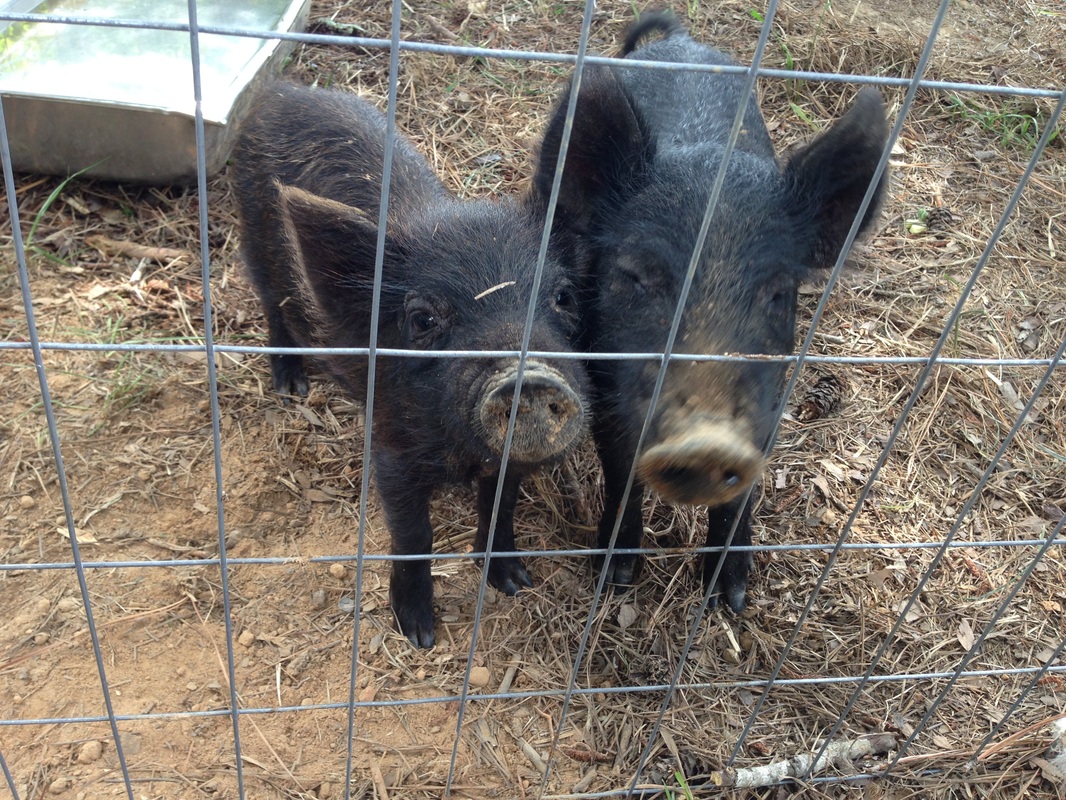
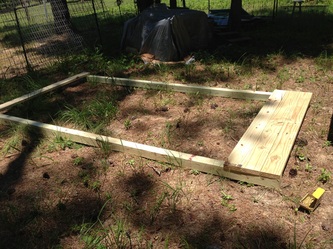
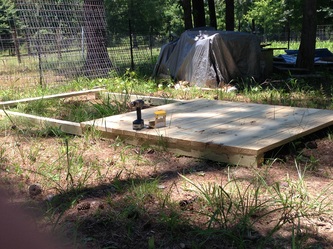
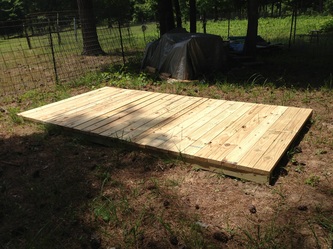
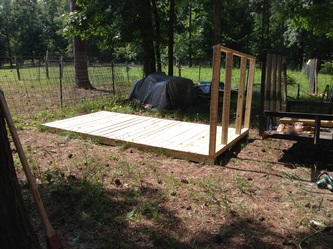
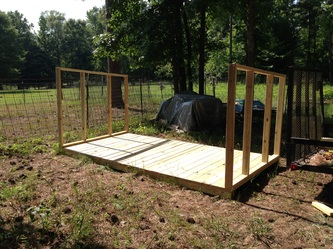
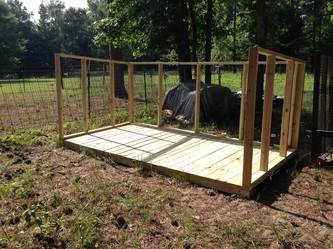
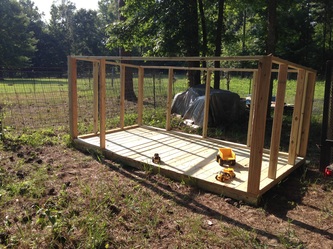
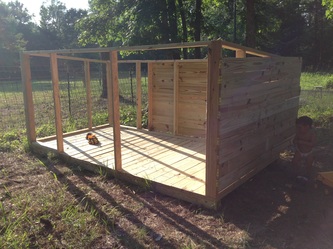
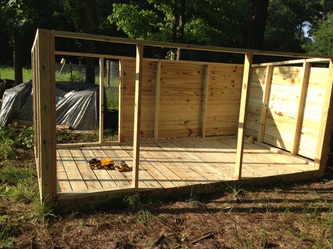

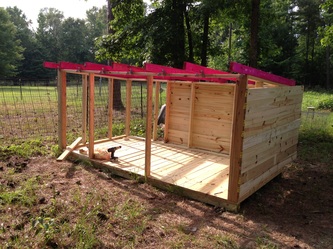
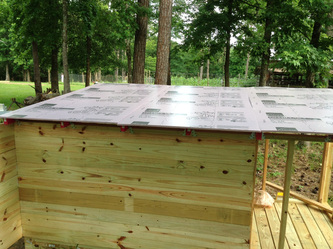
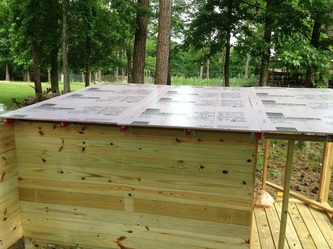
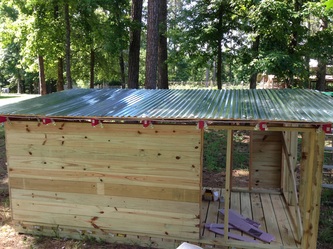
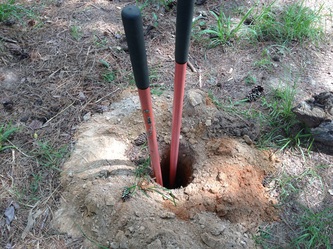
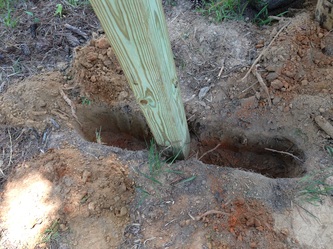
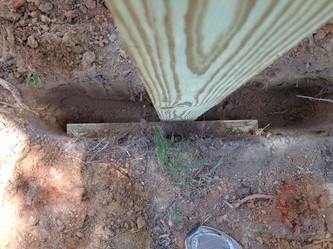

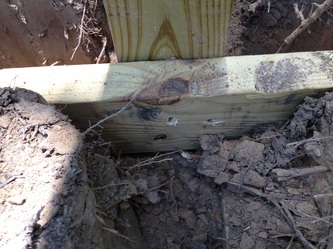
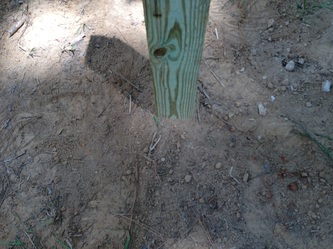
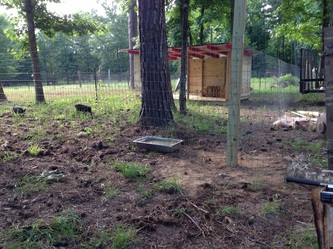
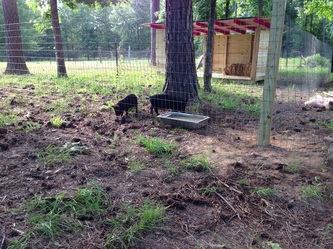
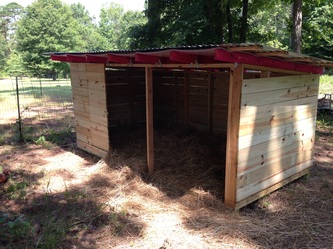
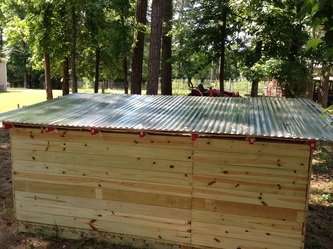

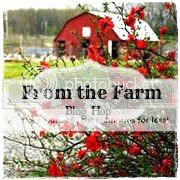
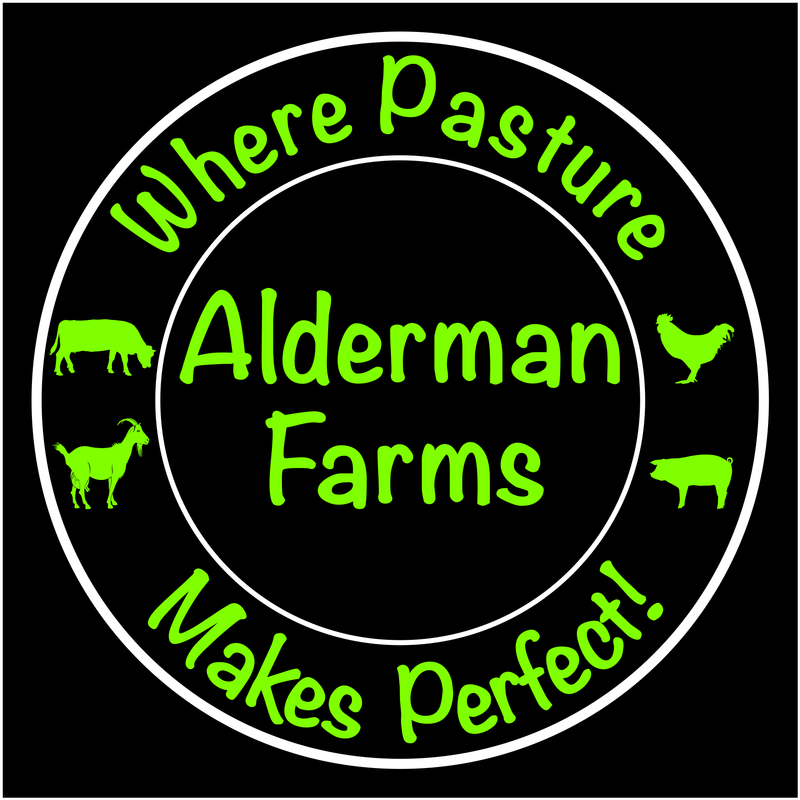

 RSS Feed
RSS Feed